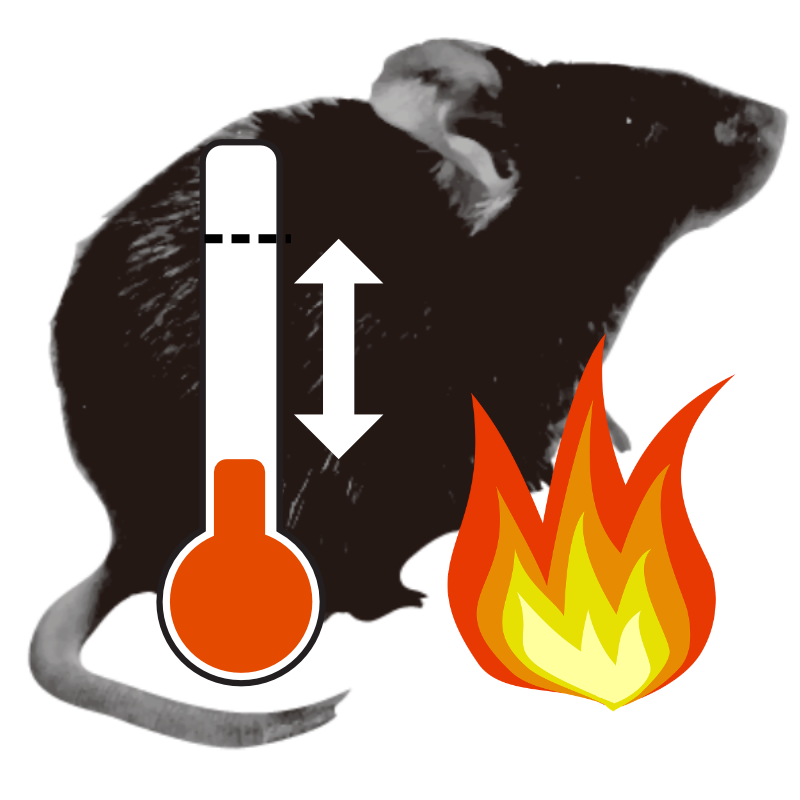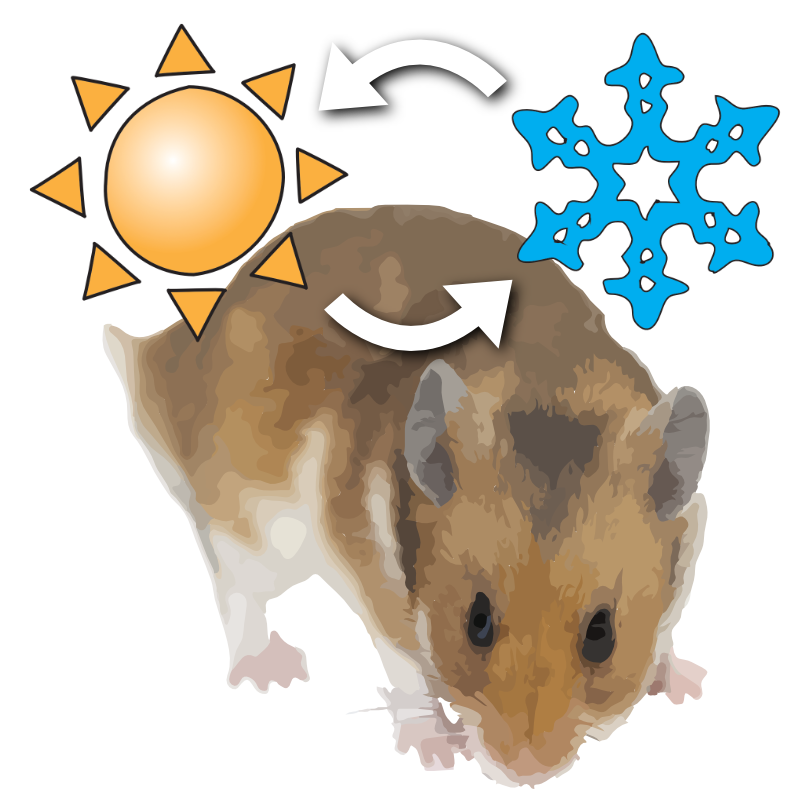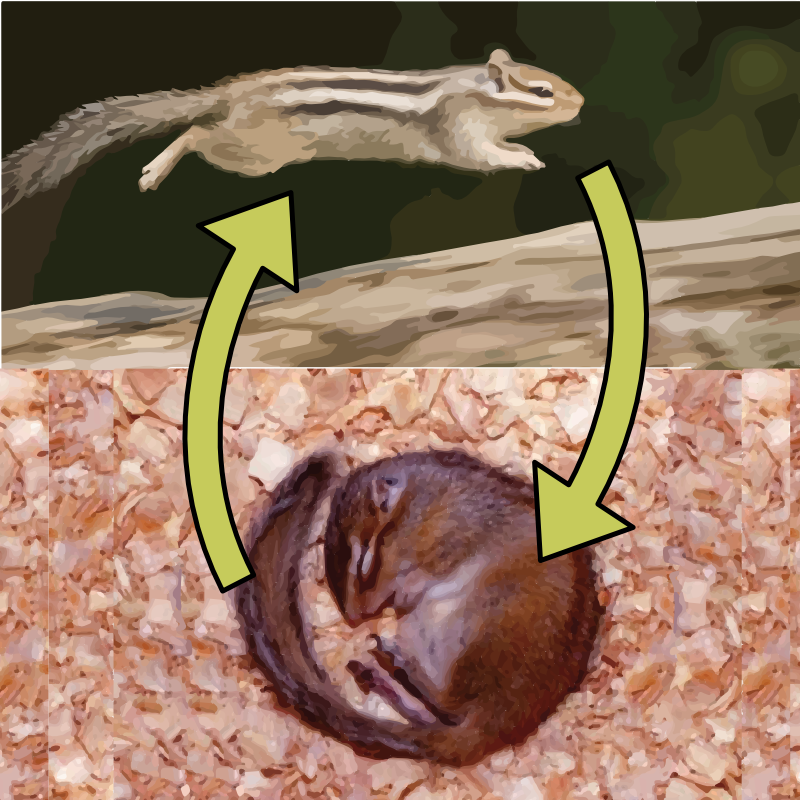QMIN project aims to understand the mechanism of torpor—an active hypometabolic state in mammals—and bridge research of torpor from science to application. Based on the duration of the torpid status, active hypometabolism is called daily torpor or hibernation, which are daily base or seasonal base, respectively. Despite facing damageable low metabolism during torpor, the animals return to normal conditions without any tissue damage. Tolerance to low metabolic conditions, presumably achieved by low energy demand at the periphery, may have dozens of applications in medicine, space industry, health industry, and other fields in human society. QMIN project will drive torpor research by understanding, manipulating, and synthesizing torpor.

Research Areas
Dynamic homeostasis of body temperature

Mammals are capable of maintaining body temperature in a certain range. Such homeothermic regulation produces heat when animals become cold and release heat when animals become hot. During torpor, the homeothermic system alters dynamically and the animals show extremely low metabolism and body temperature. Studies show the hypothalamus in the brain is responsible for body temperature regulation; however, how the system is altered during torpor unknown. We study how the central nervous system regulates or does not regulate body temperature during torpor.
Sensing the environment

The condition for torpor entrance differs among animals—hamsters enter hibernation when the season changes from summer to winter, and mice enter daily torpor by fasting. Torpor is a hypometabolic condition, which is pursued by sacrificing various abilities of the animal. Therefore, detecting the environment (temperature, moisture, the day-length) precisely and making a decision based on the environment is essential for torpor-capable animals. We study how the animals sense the environment and what type of information they are using for torpor entrance.
Torpor mediators

Natural torpor is a systemic condition. If the goal of torpor is saving energy, organs must be highly orchestrated to achieve highly efficient metabolism suppression. How and what is playing the role of inter-organ regulation during torpor is unknown. We study the mediator of torpor organs in torpid animals and in vitro torpor models.
Hypometabolism in peripheral tissues

Although torpor is a body-level condition, the actual sites of hypometabolism are the peripheral tissues. Mammal cells are damaged under extremely low temperatures or low oxygen supply. Amazingly during torpor, tissues show high-resistance to hypothermia and hypometabolism. How the mammal tissues gain resistance to low oxygen supply and low temperature is the core mystery of torpor. We study such mechanisms by investigating tissues and cells from torpid animals.
Adaptation to metabolic change

The transition from torpor to normal condition causes a drastic change in metabolism. It is well-known that reperfusion induces damages to organs, such as recovery from myocardial infarction. How torpid animals deal with the acute change in metabolism may shed light on the mechanism of reperfusion injuries. We study how torpor-capable animals adapt to abrupt changes in metabolism.

